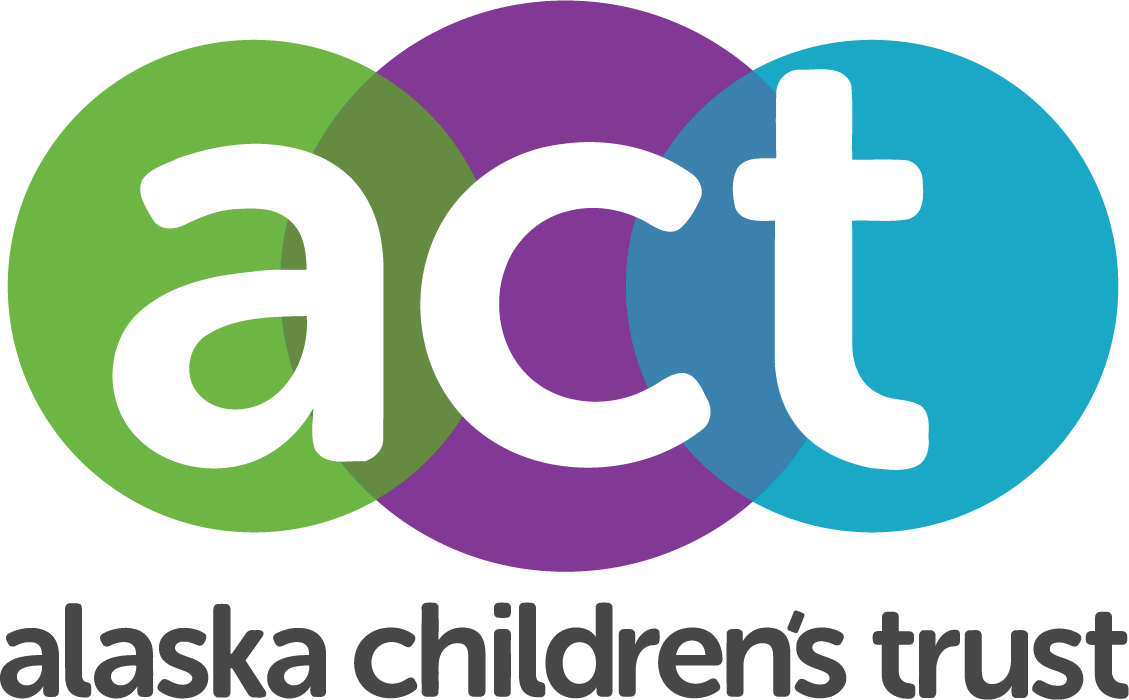Creating Safe Spaces to Start Healing from Child Abuse
By Mari Mukai, Chapter Coordinator, Alaska Children’s Alliance
Our mission at Alaska Children’s Trust is the prevention of child abuse and neglect. Achieving this requires all of us – individuals and organizations – to work together, each playing an important role in supporting the safety and well-being of Alaska’s children and families. We are honored to work with partners such as the Alaska Children’s Alliance to make progress toward this shared vision, and we are pleased to share this guest blog post, which provides more information about the Alliance and its important work.
It was 1985 in Huntsville, Alabama. Then-District Attorney Bud Cramer was frustrated by the inefficiency of child abuse investigations. Criminal justice and social service systems were both involved, but they operated in silos, resulting in processes that were fragmented, duplicative and often re-traumatizing for victims.
“I wanted a place that was child and family friendly . . . A place where we could review cases. Like a home base,” Cramer has said.
With this in mind, Cramer pioneered the Child Advocacy Center (CAC) model: a multi-disciplinary team approach that combines medical professionals, law enforcement, behavioral health providers, prosecutors, child protection workers, victim advocates, tribal workers, and forensic interviewers. At a CAC, services are coordinated together around the best interests of the child.
The CAC model has since spread throughout the country and the world. Alaska currently has 14 established CACs, with several other communities in development stages. Each CAC offers a safe and neutral place to begin an investigation, and to offer healing for child victims and their supportive caregivers. In 2019, Alaska’s CACs served over 2,500 children to address concerns of sexual abuse, serious physical abuse, commercial sexual exploitation and/or witness to violence.
Child abuse is a complex and challenging field, requiring a high level of specialized skill and expertise. It is also a field that struggles with frequent turnover, limited resources, vicarious trauma, and a lack of in-state training opportunities. In a state that consistently struggles with some of the nation’s highest per capita rates of child abuse, there is a critical need to support professionals so they are equipped to do the best job possible at holding offenders accountable and helping children to heal.
The Alaska Children’s Alliance (ACA) is Alaska’s CAC membership organization and is an accredited State Chapter of the National Children’s Alliance. ACA provides training, technical assistance, and support with national accreditation to ensure that our children receive minimal best practice services.
ACA supports CACs and multi-disciplinary partners through:
Statewide network building: ACA facilitates regular membership teleconferences and in-person meetings. These opportunities allow for sharing of best practices and resources, mentoring, and relationship building amongst Alaska’s CACs.
Alaska Conference on Child Maltreatment: ACA holds a biennial statewide conference, which is the only training opportunity of its kind for CACs and multi-disciplinary teams. In December 2020, ACA is excited to host its first virtual conference!
Medical and behavioral health consultation groups: ACA supports discipline-specific groups that promote statewide peer review, accurate diagnosis, and best practice sharing in their respective fields.
Forensic interview training: ACA collaborates with partners including the Office of Children’s Services, Department of Public Safety, Department of Law, and the Child Welfare Academy to implement ChildFirst Alaska, a nationally recognized protocol supported by current research and best practices. Forensic interviewing is conducted with children of all ages in a way that is neutral, legally defensible, and minimizes trauma.
Other trainings and technical assistance: ACA facilitates other trainings and provides technical assistance as needs arise. In 2019, ACA provided training and technical assistance in the areas of family advocacy, behavioral health, and support to communities wishing to develop a multi-disciplinary response to child abuse.
Legislative advocacy: ACA’s Legislative Advocacy committee is dedicated to addressing policy issues facing CACs statewide. The Committee is currently focused on improving the statewide system response to youth with sexual behavior problems, a population that comprises about one-third of CAC cases.
To learn more about ACA, visit alaskachildrensalliance.org.
“If you want to go fast, go alone. If you want to go far, go together.” - African proverb
Representatives from the Alaska Children’s Alliance and CAC managers from Bethel, Kodiak, Anchorage, Nome, Juneau, Dillingham, Copper River Basin, Kenai Peninsula, Sitka and Fairbanks. Photo taken at Alaska CARES in Anchorage.


